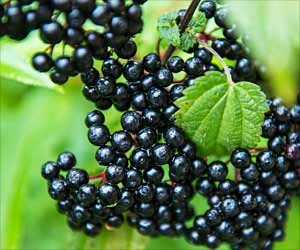Scientists have developed a new electro-chemical biosensor, which detects the presence of very small amounts of atrazine, one of the most widely used herbicides
Scientists have developed a new electro-chemical biosensor, which detects the presence of very small amounts of atrazine, one of the most widely used herbicides in agriculture and which also has very long lasting effects on the environment as well as antibiotics in food.
The biosensor is faster, more portable and economic than the expensive laboratory methods, which are used to detect contaminants, while having a very similar sensitivity. The system has been tested successfully to detect pesticides in samples of drinking water and commercial orange juice, as well as to detect traces of antibiotics in cow's milk.The study was conducted by a team of researchers including Isabel Pividori at the Universitat Autònoma de Barcelona (UAB), in cooperation with the CSIC.
The chemical mechanism to detect contaminants in a sample is very similar to that used by the immune system to identify a virus or bacteria in the body. Specific antibodies for atrazine have been used (in the case of pesticides) and for sulphanilamide (in the case of identifying antibiotics).
Once the antibodies hook onto the contaminating particles they are attracted to the surface of a transductor, which converts the contact with the antibodies into electrical signals. By measuring these electric signals the device can determine the concentration of contaminants in the sample.
The sensor will allow the detection of doses of atrazine at levels of 0.006 micrograms per litre, much lower than the maximum concentrations allowed by European regulations (0.1 micrograms per litre), and this can be done more quickly and cheaply than is the case of the chromatographs, which are used today in food safety laboratories. As regards the detection of antibiotics, the sensor has a sensitivity of 1 microgram per litre for whole milk, while the legislation allows a maximum of 100 micrograms per litre.
Due to the ease of use of this sensor and its portability, the technique can be used in situ for quantitative analysis of the presence of atrazine, as well as that of other herbicides, in food and water samples outside the laboratory.
Advertisement
The findings of the study have been published in the journals Analytical Chemistry and Biosensors and Bioelectronics.
Source-ANI
LIN/B











